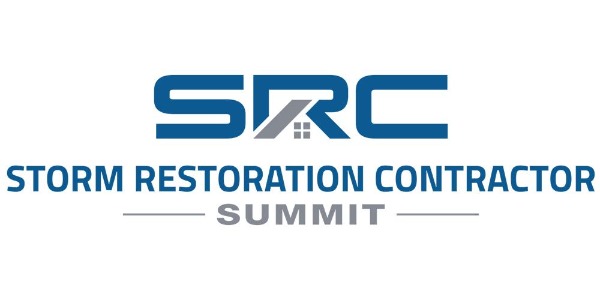How to Navigate Supply Chain Bottlenecks, Cost Increases and Material Shortages Amidst Growing Demand

By Gary Thill, IRE.
As the nation emerges from COVID, demand is increasing, but manufacturers haven’t been able to ramp up production. Read on to learn how to prepare yourself.
Market forecasts and reports have been seesawing recently. Where ABC reports a “tsunami of growth,” AGC’s Inflation Alert is telling us the world is ending. Similarly, NRCA offers a “live action alert” on supply chain issues. Yet, the Dodge Momentum Index is at its highest level since 2018. It can be hard to decide if you should start prepping your company for the worst, or be optimistic with all of this contradictory information. You might find yourself asking “what is the deal?”
The simple answer is that as the ongoing stimulus pumps up the economy, demand is increasing. But at the same time, manufacturers haven’t yet been able to ramp up production from pre-COVID times. Plus, COVID roadblocks continue to hamper transport of materials. Thus, there’s not enough materials to meet the growing demand, which is creating material shortages, supply chain bottlenecks and cost increases.
Within the confluence of those forces, the roofing industry remains strong — so far.
“Is the sky falling? No,” said Trent Cotney CEO of Cotney Construction Law and NRCA general counsel. “But it is an issue. And I believe it will become more of an issue.” NRCA CEO Reid Ribble minced no words: “It’s not going to get better anytime soon,” he said. “This is going to last a whole season. And just imagine what it’s going to be like if there’s a hurricane or two this fall.”
On the plus side, roofing continues to see growing demand. For example, Cotney said contract reviews his firm does nationwide for new projects are up 27% year over year. Meanwhile, the industry’s backlog of projects that had been shrinking is now getting back to pre-pandemic levels. “That suggests there’s significant demand out there,” said Trent.
But even if roofers have projects, they can’t get them done without the materials. Already, roofers are reporting shortages of fasteners and shingles and even the foam adhesive used to secure tiles — especially in storm-ravaged areas. Cotney said roofers should expect price increases on PVC membranes, copper and steel as well as general shipping costs. Reid said unlike past supply chain issues, almost all materials are being affected. He talked to one supplier who couldn’t even get cardboard boxes to ship the materials: “It’s completely across the entire supply chain.”
And that’s why roofers need to start planning ahead. “Now is the time to lean on those connections you’ve got and make sure you have access to materials,” Trent said. “Don’t run for the hills, but be prepared.”
Both Cotney and Ribble recommend:
-
Start “open and honest” conversations with suppliers about pre-purchasing enough materials to get through summer and fall and lock in material prices.
-
Communicate honestly with customers about timelines and supply chain bottlenecks. That’s especially important on public works projects such as schools with tight windows for work.
-
Add price acceleration and material availability clauses to bids and contracts.
-
Lock in prices for no more than 30 days rather than offering fixed pricing.
-
Find alternatives to short-supply materials. For example, rather than a mechanically attached roof, offer an adhered system.
“We as an industry are going to be fine throughout this year,” Cotney asserted. “But we still need to take precautions and remain efficient and nimble.” Capitalizing on the current demand amid supply chain issues will become even more important going into next season, when Ribble predicts a different problem.
“I’m more concerned about when the stimulus money ends, everyone gets vaccinated and people start spending money on soft things — that’s when things will dramatically slow down,” he said. “The real question is how deep will the trough be.”
Learn more about IRE in their RoofersCoffeeShop® Directory or visit www.theroofingexpo.com.
Original article source: IRE























Comments
Leave a Reply
Have an account? Login to leave a comment!
Sign In